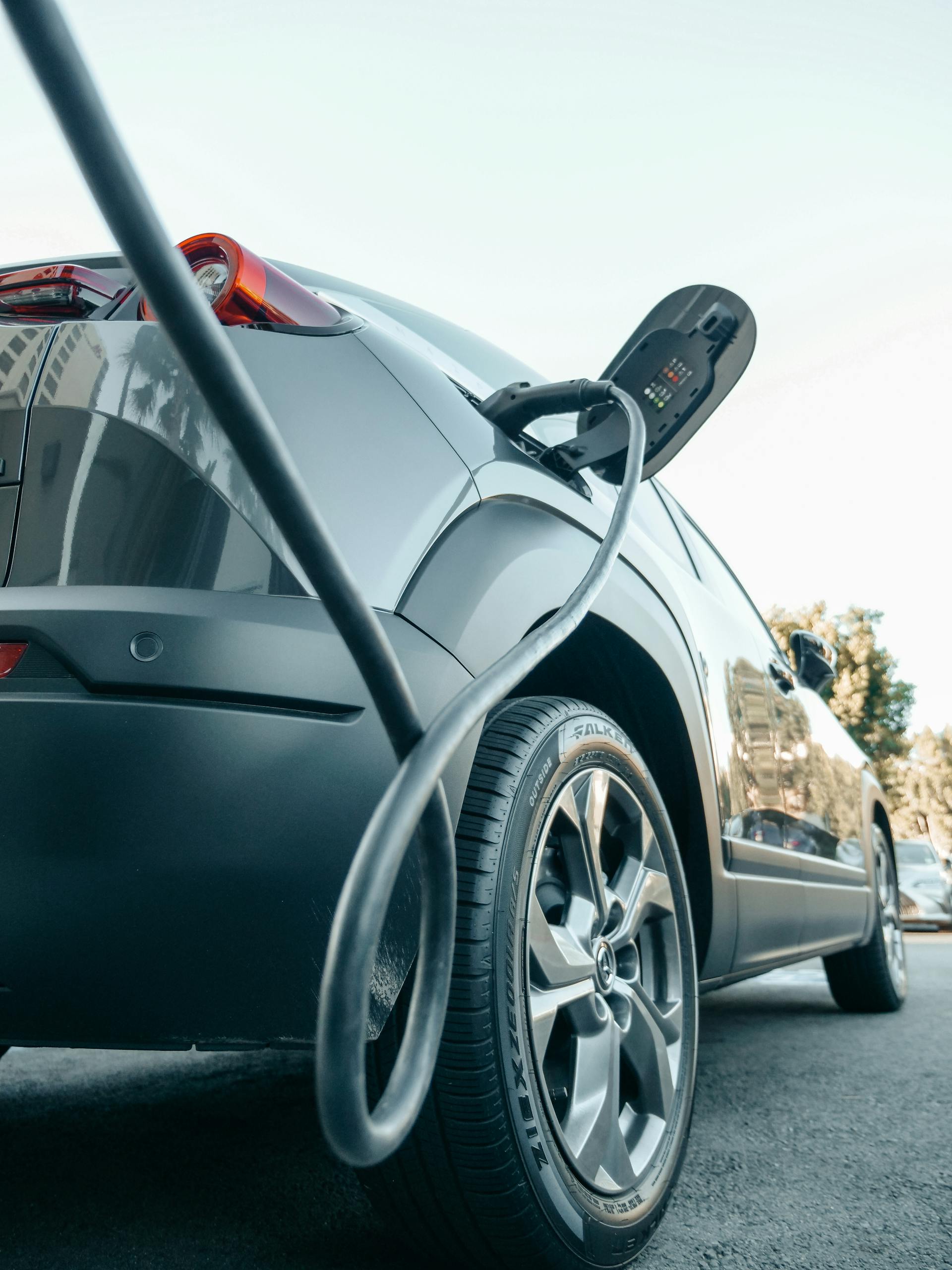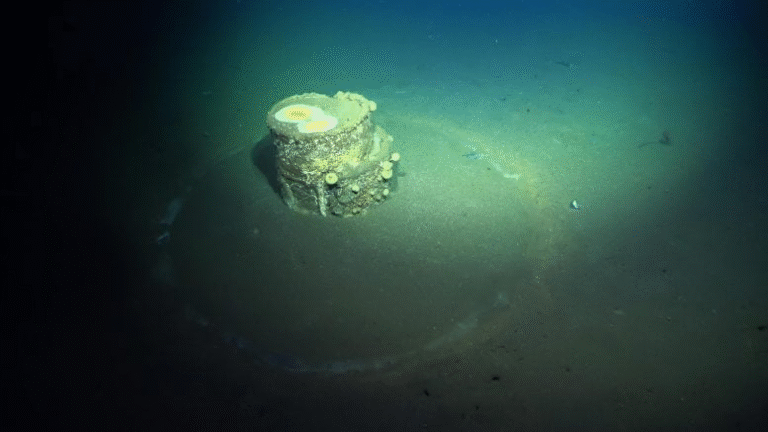Electric Cars Outpace Gas Vehicles in Lifetime Emissions Despite Energy-Heavy Production

A new study by researchers at Northern Arizona University and Duke University has found that while electric vehicles (EVs) are more energy-intensive to produce—especially because of their large lithium-ion batteries—they quickly surpass gasoline cars in environmental performance within just two years of driving. The findings, published in the journal PLOS Climate, provide one of the clearest comparisons yet between the lifetime carbon and pollution footprints of battery electric vehicles (BEVs) and internal combustion engine (ICE) cars in the United States.
EVs Start Dirtier but Quickly Catch Up
Building an electric vehicle isn’t exactly a clean process. Manufacturing batteries requires energy-intensive mining and processing of raw materials like lithium, nickel, and cobalt. As a result, EVs emit about 30% more carbon dioxide than gasoline vehicles during their first two years on the road, according to the study’s model.
But this initial disadvantage doesn’t last long. Once they hit the three-year mark, EVs begin producing significantly fewer emissions than traditional cars. Over their entire lifetimes, gas-powered vehicles cause at least twice as much environmental damage. That means the carbon debt from making an EV is quickly repaid through cleaner operation, particularly as power grids continue to shift toward renewable sources such as solar and wind.
What the Study Looked At
The researchers examined data on greenhouse gas emissions and air pollutants regulated by the U.S. Environmental Protection Agency. They modeled several scenarios to evaluate how the U.S. energy system might evolve in the coming decades as clean power expands and EV adoption grows.
They tested four different adoption pathways—ranging from EVs making up 31% of new vehicle sales to as high as 75% by 2050. For context, EVs represented about 8% of new vehicle sales in the U.S. in 2024.
Their analysis found that for every additional kilowatt-hour (kWh) of battery capacity, carbon dioxide emissions drop by an average of 220 kilograms (485 pounds) in 2030, and another 127 kilograms (280 pounds) by 2050. These numbers reflect the long-term benefits of EV adoption as both the vehicles and the electric grid become more efficient.
How the Grid Shapes the Outcome
A key part of the study is its optimistic assumption about the future of the power grid. As cleaner energy sources replace coal and natural gas, charging an EV will get even greener. One of the study’s authors, Drew Shindell from Duke University, explained that as EV demand grows, utilities are unlikely to turn to coal because it’s no longer the cheapest option. Instead, they’ll add renewable capacity, which reduces emissions not only from cars but also from electricity production overall.
However, the study also acknowledges that this clean energy shift depends heavily on public policy. Under supportive administrations, renewable energy and EV infrastructure can expand rapidly. But under policies that favor fossil fuels and roll back clean-energy incentives, the progress slows down.
Real-World Challenges Facing EVs
The study arrives at a complicated time for electric vehicles in the U.S. Despite major technological progress and growing public interest, EV growth has slowed due to shifting federal policies and supply chain challenges.
Earlier, the Biden administration had set an ambitious goal for half of all new vehicle sales to be electric by 2030. But recent policy reversals under President Donald Trump—including rolling back tax credits for EV buyers and scaling back charging infrastructure projects—have created new obstacles.
Even so, experts emphasize that EV adoption continues globally, driven by state policies, local governments, and international markets that are still moving full speed ahead on electrification.
Beyond Emissions: What About Recycling?
One area the researchers didn’t cover is battery recycling or disposal. As EV sales grow, this will become an increasingly important part of the equation. Many experts believe that recycling lithium-ion batteries could further reduce the environmental footprint of electric vehicles by cutting down on raw material mining and reducing manufacturing emissions.
Already, several startups and automakers are investing heavily in battery recycling facilities that can recover valuable metals and feed them back into production. Improved recycling rates could shorten the “carbon payback time” of future EVs even further.
Why the Study Matters
This study adds to a growing body of evidence showing that EVs are cleaner overall, even after accounting for the emissions from their production and the electricity used to charge them. It provides hard data that counters one of the most common criticisms of EVs—that the pollution from battery manufacturing cancels out their benefits.
According to the study, that’s simply not the case. Once you get past the initial manufacturing phase, electric vehicles consistently outperform gas cars for the rest of their lifetimes, producing fewer greenhouse gases and harmful air pollutants.
The Bigger Picture: Decarbonizing Transportation
Transportation is one of the largest sources of carbon emissions in the United States, accounting for roughly 28% of total greenhouse gases. Shifting from gasoline and diesel to electricity is one of the most direct ways to reduce those emissions.
However, the transition to cleaner transportation doesn’t stop at electric cars. Other technologies, like hydrogen fuel cells, e-bikes, and public transit electrification, also play major roles. The same principle applies: the cleaner the grid, the cleaner every electric mode of transportation becomes.
EV Manufacturing: Why It’s Energy-Intensive
Producing an EV is complex. Each lithium-ion battery pack—made of thousands of small cells—requires precise manufacturing and materials that are energy-intensive to process. Mining lithium, nickel, and cobalt involves chemical refining and large-scale energy consumption, often in regions where electricity grids are still carbon-heavy.
That’s why new research is focusing on reducing the carbon footprint of battery production. Companies are experimenting with solid-state batteries, alternative chemistries, and low-carbon manufacturing powered by renewables. As these technologies mature, the initial “dirty phase” of EV production could shrink dramatically.
Looking Ahead
According to the study, even with current battery technologies, EVs are already cleaner over their lifespan than comparable gasoline vehicles. As technology improves and power grids rely more on renewables, that advantage will only grow.
Experts like Greg Keoleian, a sustainability professor at the University of Michigan who was not involved in the study, said the findings align with other independent research. Accelerating the switch to battery electric vehicles, he noted, remains one of the most effective strategies for decarbonizing transportation and reducing long-term climate costs.
Final Thoughts
The bottom line? Electric vehicles do start out “dirtier” because of the energy required to build them, but they quickly make up for it once on the road. Within two years, their total emissions drop below those of gas cars—and the gap keeps widening as years go by. With cleaner grids and better recycling, the future looks even brighter for EVs.
While government policies and market dynamics can either accelerate or slow this transition, the science is becoming increasingly clear: electric vehicles are essential for cutting emissions and combating climate change.
Research Reference: Comparing the climate and air pollution footprints of Lithium-ion BEVs and ICEs in the US incorporating systemic energy system responses – PLOS Climate (2025)





